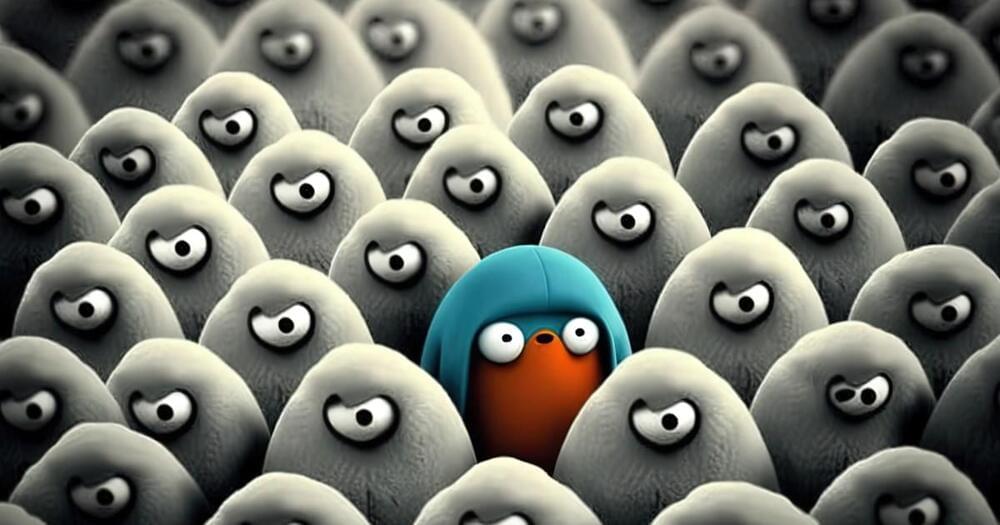New Mexico’s ancient sands reveal the oldest-known traces of early inhabitants.


【Qualia Structure Summer School】https://en.qualia-structure.jp/news/detail/3569We are planning to hold the sum…
The FDA has allowed billionaire Elon Musk’s Neuralink to implant its brain chip in a second person after it proposed a fix for a problem that occurred in its first patient. Correspondent Brooke Shafer joins \.



A team of astronomers and citizen scientists has discovered a planet in the habitable zone of an unusual star system, including two stars and potentially another exoplanet.
The planet hunters spotted the Neptune-like planet as it crossed in front of its host star, temporarily dimming the star’s light in a way akin to a solar eclipse on Earth. This “transit method” usually identifies planets with tight orbits, as they are more likely to follow paths that put them between Earth and their host star and, when following such paths, move into light-blocking positions more frequently. That’s why this newly discovered planet is considered unusually far out, with the planet taking 272 days to lap its star.
Furthermore, the star is now by far the brightest one known to host a transiting planet in the habitable zone where liquid water can exist.

Mao, H., Tian, Y., Wang, Z. et al. Discovery and engineering of Tsp2Cas9 for genome editing. Cell Discov 10, 55 (2024). https://doi.org/10.1038/s41421-024-00685-w.

Inflation: The leading theory for the universe’s earliest moments, cosmic inflation, proposes that the universe underwent a brief period of exponential expansion an instant after the Big Bang. This process would have enlarged a minuscule volume of space to a tremendous size, much larger than our observable universe. Inflation neatly explains the flatness and uniformity we observe. But it also suggests that our entire observable universe is a tiny bubble in a vast inflated expanse.
Infinite replicas: If the universe is truly infinite, then everything that occurs within our observable universe must recur an infinite number of times beyond our cosmic horizon. The number of possible particle configurations in any finite volume is large but limited. In an infinite expanse, each configuration, no matter how unlikely, will be realized somewhere, and not just once but an infinite number of times. There would be infinite copies of our observable universe, infinite Milky Way galaxies, infinite Earths, and even infinite versions of you pondering this article. It’s a dizzying but inevitable consequence of an endless cosmos.

